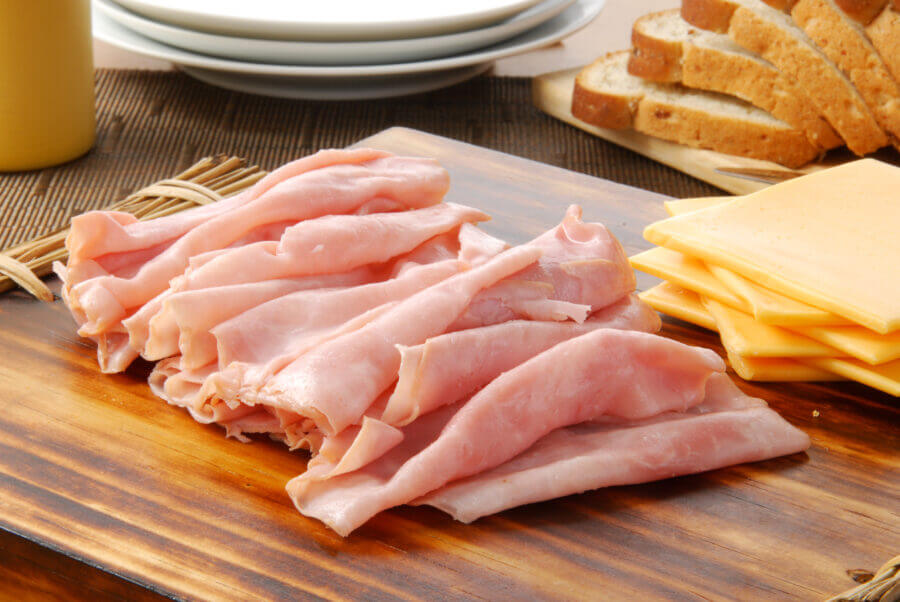Whether you’re a fan of turkey, ham, salami, or roast beef, pre-sliced cold cuts make it easy to whip up a quick sandwich or snack. But how long are cold cuts good for? Let’s get into it!
What Are Cold Cuts?

When we’re answering the question of how long cold cuts are good for, it’s important to know what kind of meat, exactly, we’re talking about.
Cold cuts, also known as deli meats, are a staple in many homes. They’re essentially pre-cooked or cured meats that are sliced thin and ready to eat.
Common types include ham, turkey, roast beef, salami, and bologna. They’re the heroes of our sandwiches and the quick fix for our protein cravings.
How Long Are Unopened Cold Cuts Good For?
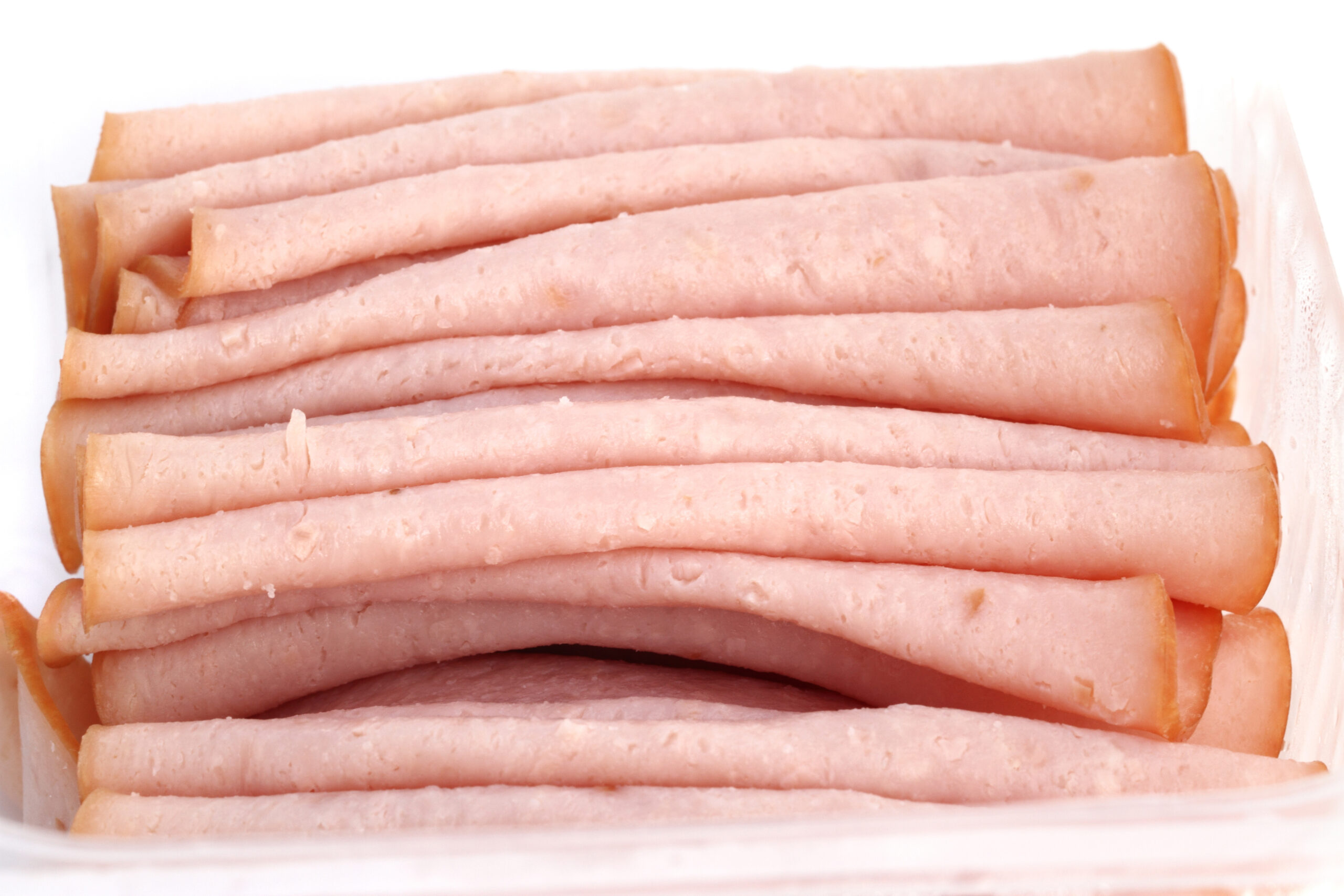
Unopened cold cuts have a surprisingly good shelf life if stored properly. Generally, pre-packaged cold cuts can last anywhere from two weeks to a month in the refrigerator.
The vacuum-sealed packaging keeps out moisture and bacteria, preserving the meat’s freshness. Always check the “sell by” or “use by” date printed on the package.
If you’ve purchased freshly sliced cold cuts from the deli, the timeline is shorter. Unopened, they typically last about five to seven days.
How Long Do Opened Cold Cuts Last?
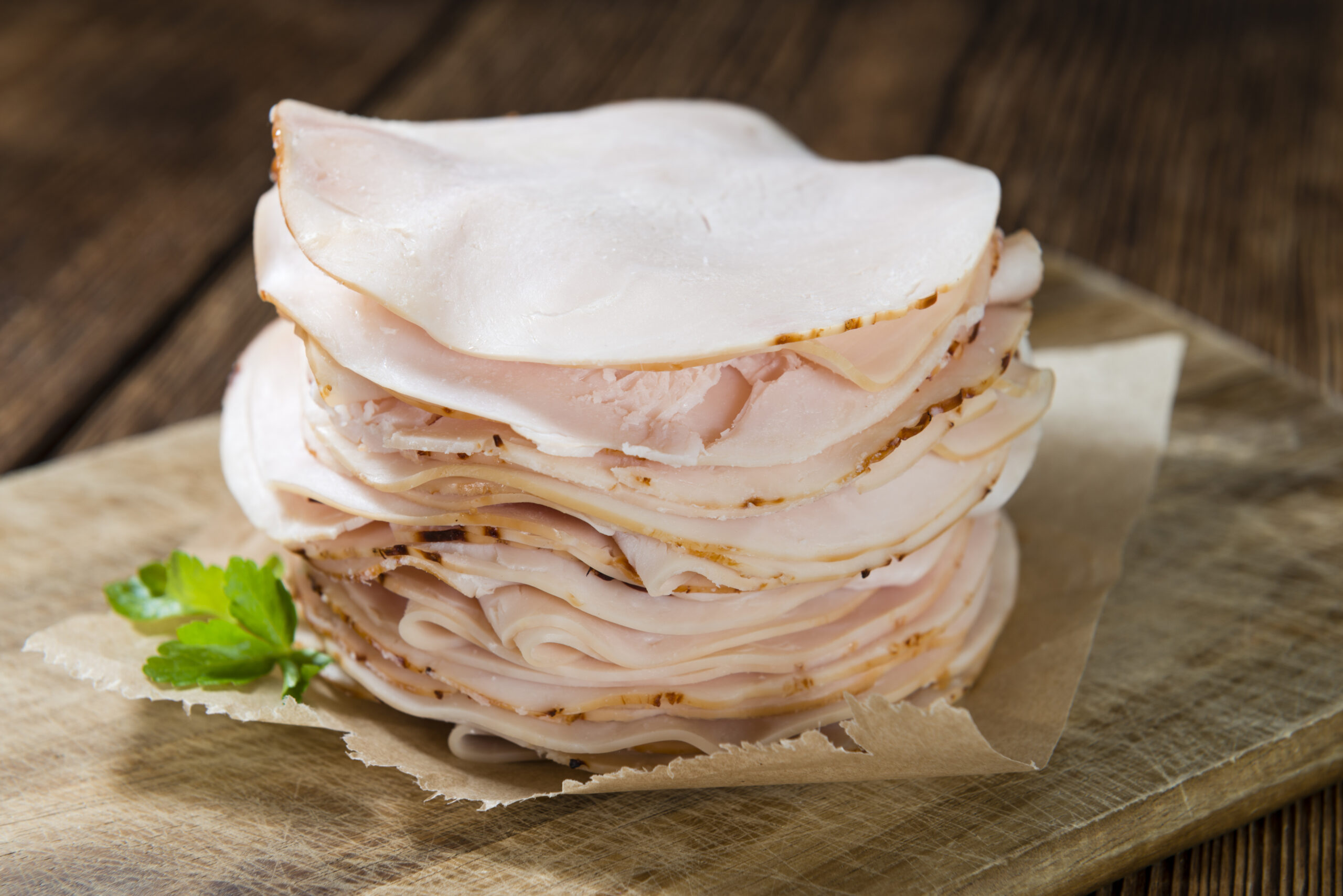
Once you’ve opened a package of cold cuts, the clock starts ticking a bit faster on their freshness. Typically, opened cold cuts last about three to five days.
This applies to both store-bought pre-packaged meats and those freshly sliced from the deli. To maximize their shelf life, store opened cold cuts in an airtight container.
You can also reseal them tightly in their original packaging or a resealable plastic bag. Always keep your fridge temperature at or below 40°F (4°C).
Signs Your Cold Cuts Have Gone Bad
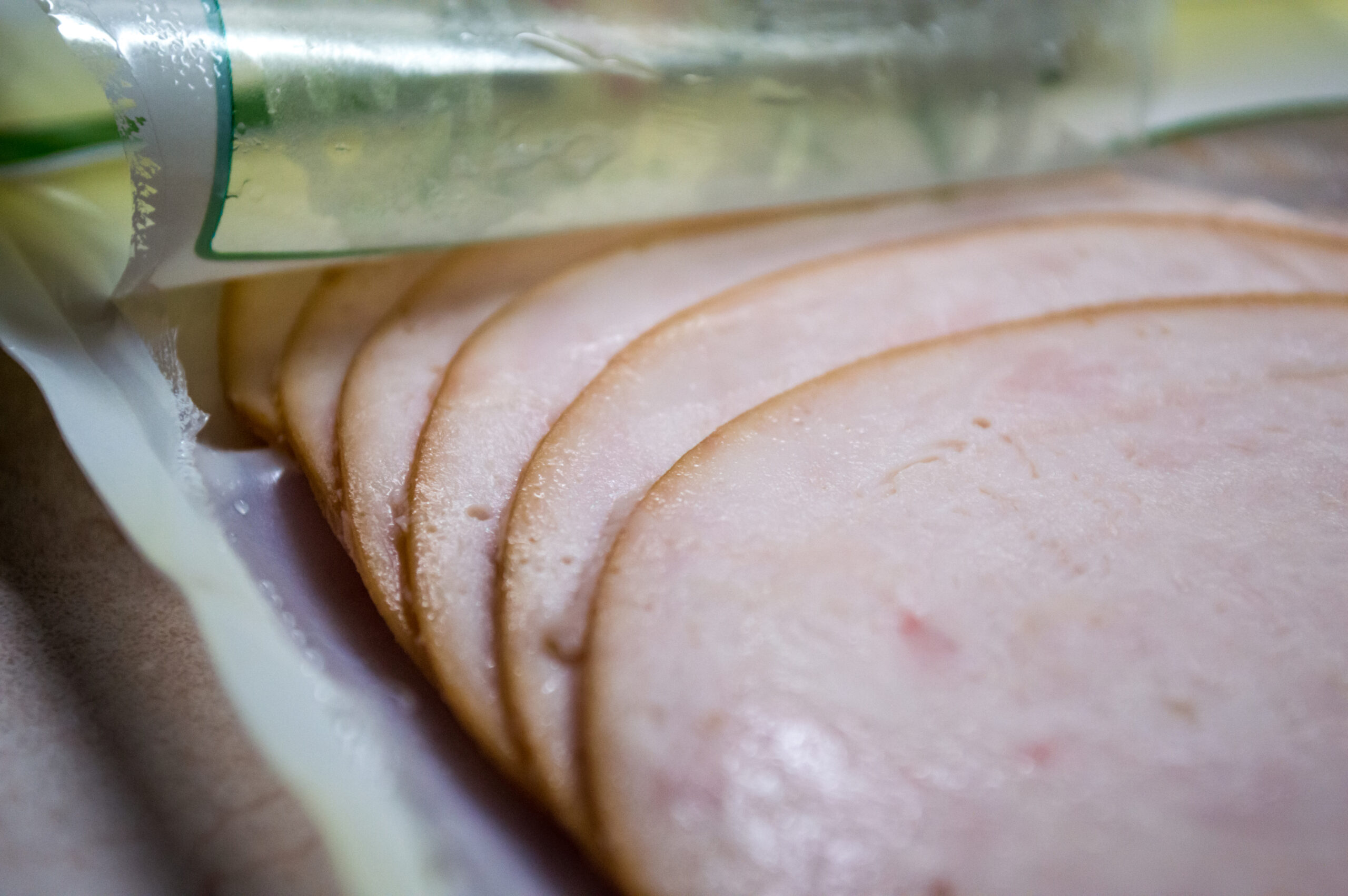
Knowing when your cold cuts have gone bad is crucial to avoid any unpleasant (and unsafe) eating experiences. There are a few telltale signs.
First, give them a sniff. Cold cuts should have a mild aroma. If you detect any sour or off smells, that’s a good indication that they’ve spoiled.
Look for any discoloration, such as a dull grayish or greenish hue. And if they’re slimy or sticky to the touch, it’s a sign of bacterial growth and spoilage.
Factors Affecting Cold Cut Freshness

The freshness of your cold cuts hinges on a few key factors, each playing a crucial role in how long these tasty slices stay safe and delicious.
First up, we have the packaging. Vacuum-sealed packs tend to last longer than those wrapped in deli paper, thanks to their airtight environment.
Also key is temperature. Cold cuts should always be stored in the fridge at 40°F or lower. A fridge that’s too warm can speed up spoilage.
Store-Bought vs. Deli-Sliced
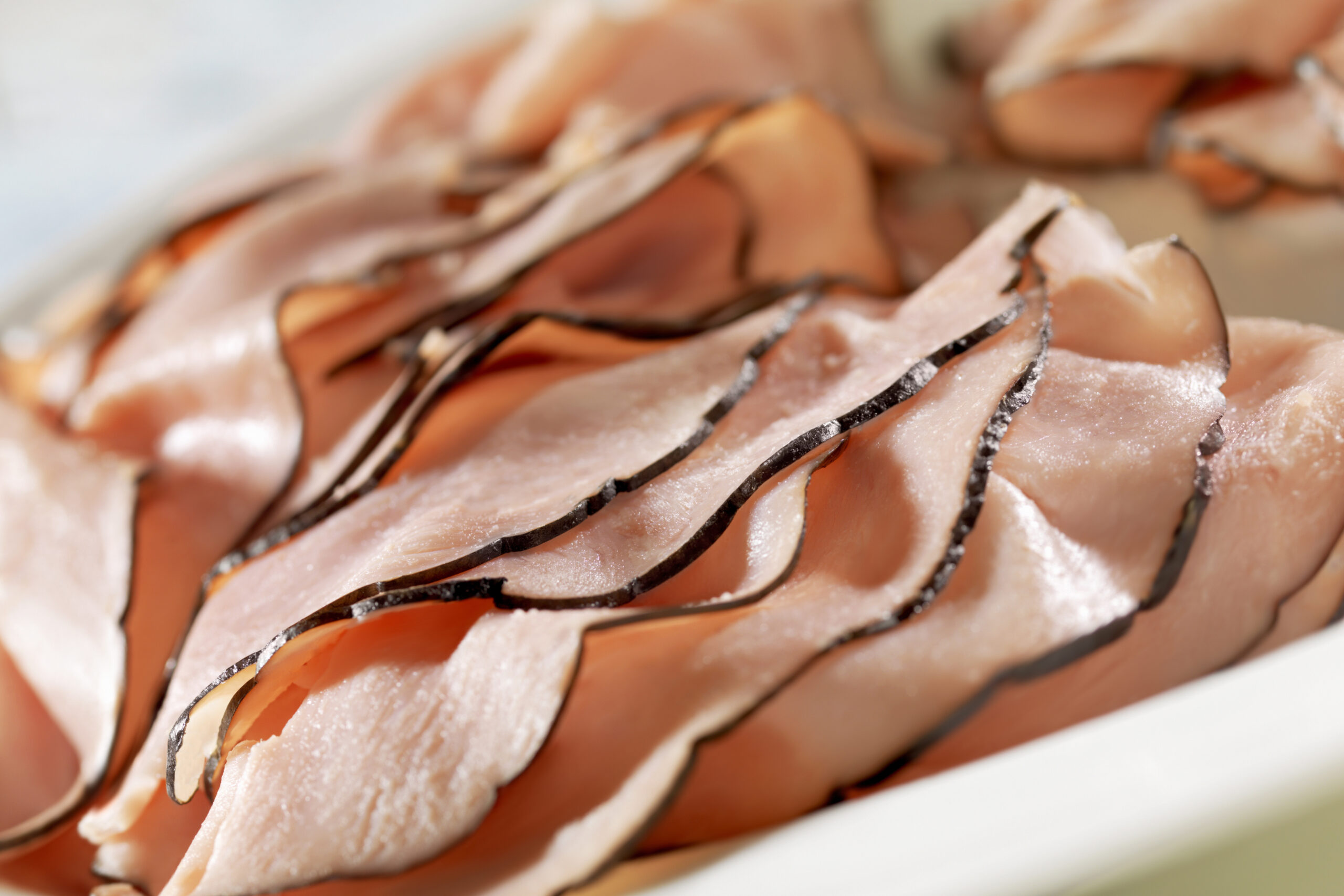
When it comes to cold cuts, you have two main options: store-bought pre-packaged or freshly sliced at the deli counter. Each has its perks and quirks.
Store-bought cold cuts come pre-packaged and sealed for extended freshness. These vacuum-sealed packs are super convenient and often have a longer shelf life.
On the other hand, deli-sliced cold cuts offer a fresher taste and customizable thickness. However, since they’re typically wrapped in deli paper, they don’t stay fresh as long.
How to Read Expiry Dates

When answering the question of how long are cold cuts good for, expiration dates are your best friend! Most packages have a “sell by,” “use by,” or “best by” date.
The “sell by” date tells the store how long it should display the product for sale. The “use by” date is the recommended date for optimal quality.
The “best by” date indicates when the cold cuts will be at their best. They’re not necessarily unsafe to eat after this, but they won’t taste as fresh.
Maximizing Cold Cut Freshness
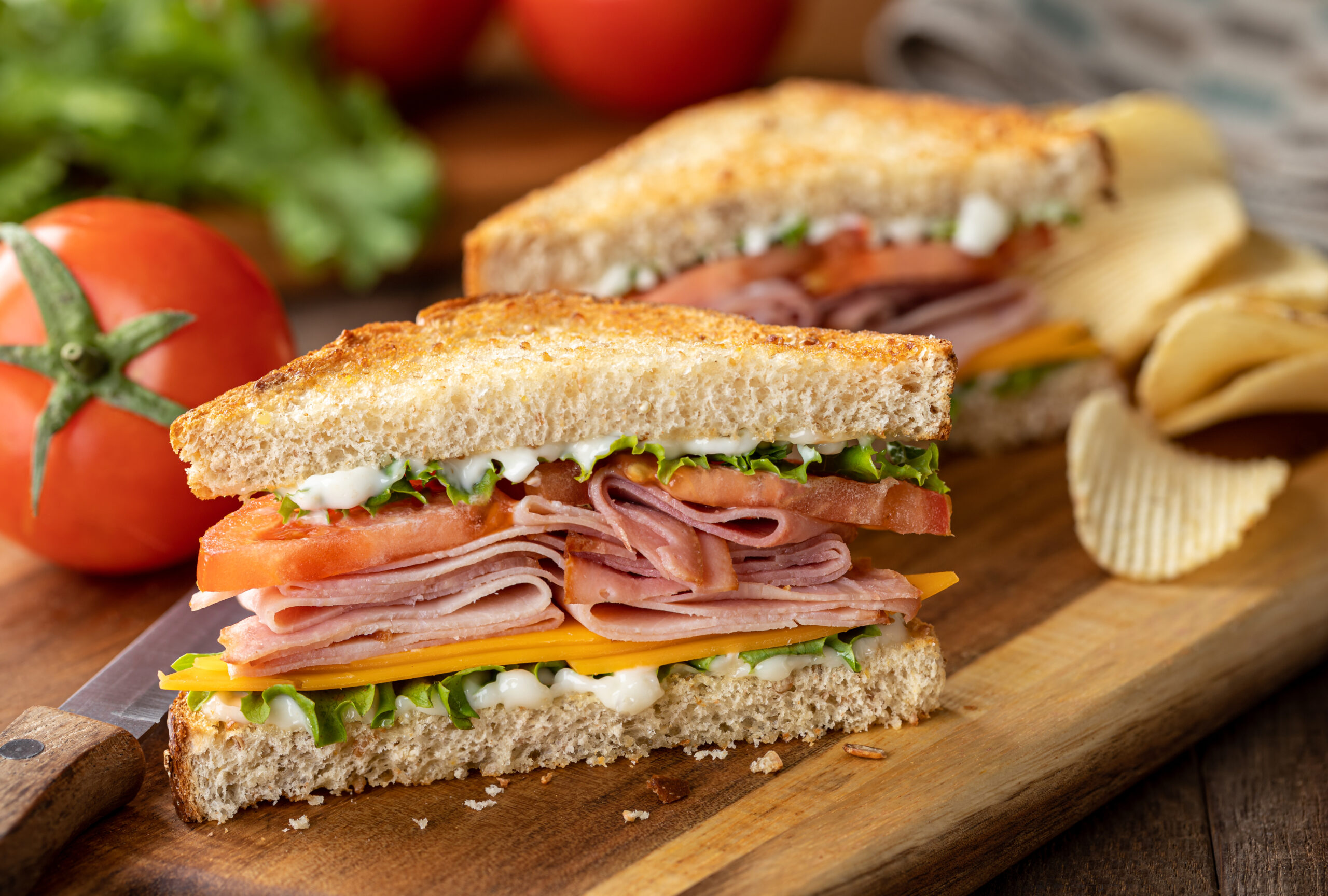
Maximizing cold cut freshness involves a mix of proper storage, careful handling, and a few handy tips to extend their lifespan and freshness.
First, always store your cold cuts in the fridge at or below 40°F. This temperature slows bacterial growth, keeping your meats safe and tasty.
Once opened, try to transfer cold cuts to an airtight container or reseal the original packaging tightly to minimize exposure to air and moisture.
Proper Storage Techniques for Cold Cuts
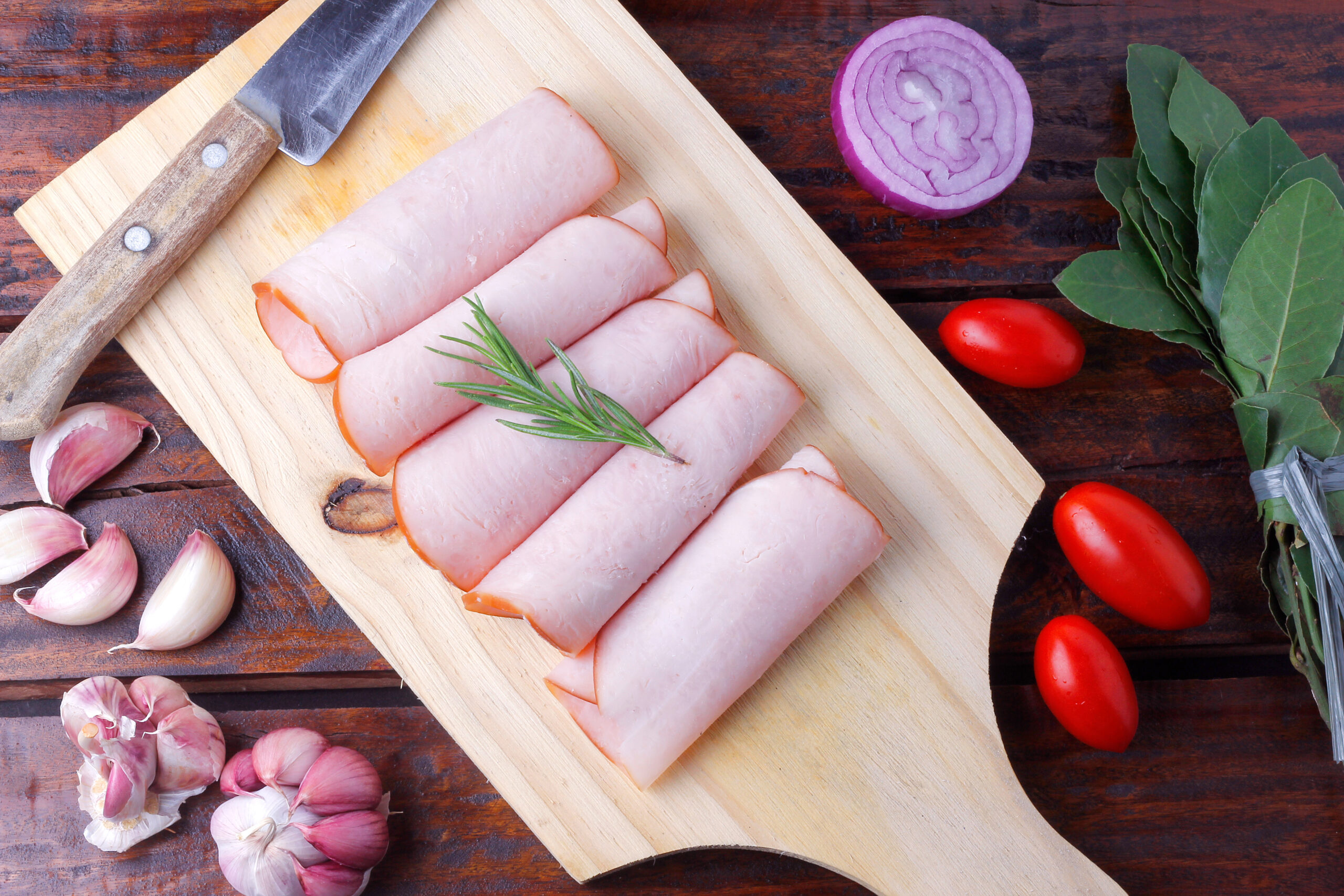
When it comes to packaging, unopened store-bought cold cuts should remain in their original vacuum-sealed packaging until you’re ready to use them.
Once opened, transfer the cold cuts to an airtight container or reseal them tightly in plastic wrap or a resealable plastic bag.
For deli-sliced cold cuts, wrap them tightly in deli paper or aluminum foil and place them in a resealable plastic bag.
Temperature for Preserving Cold Cuts
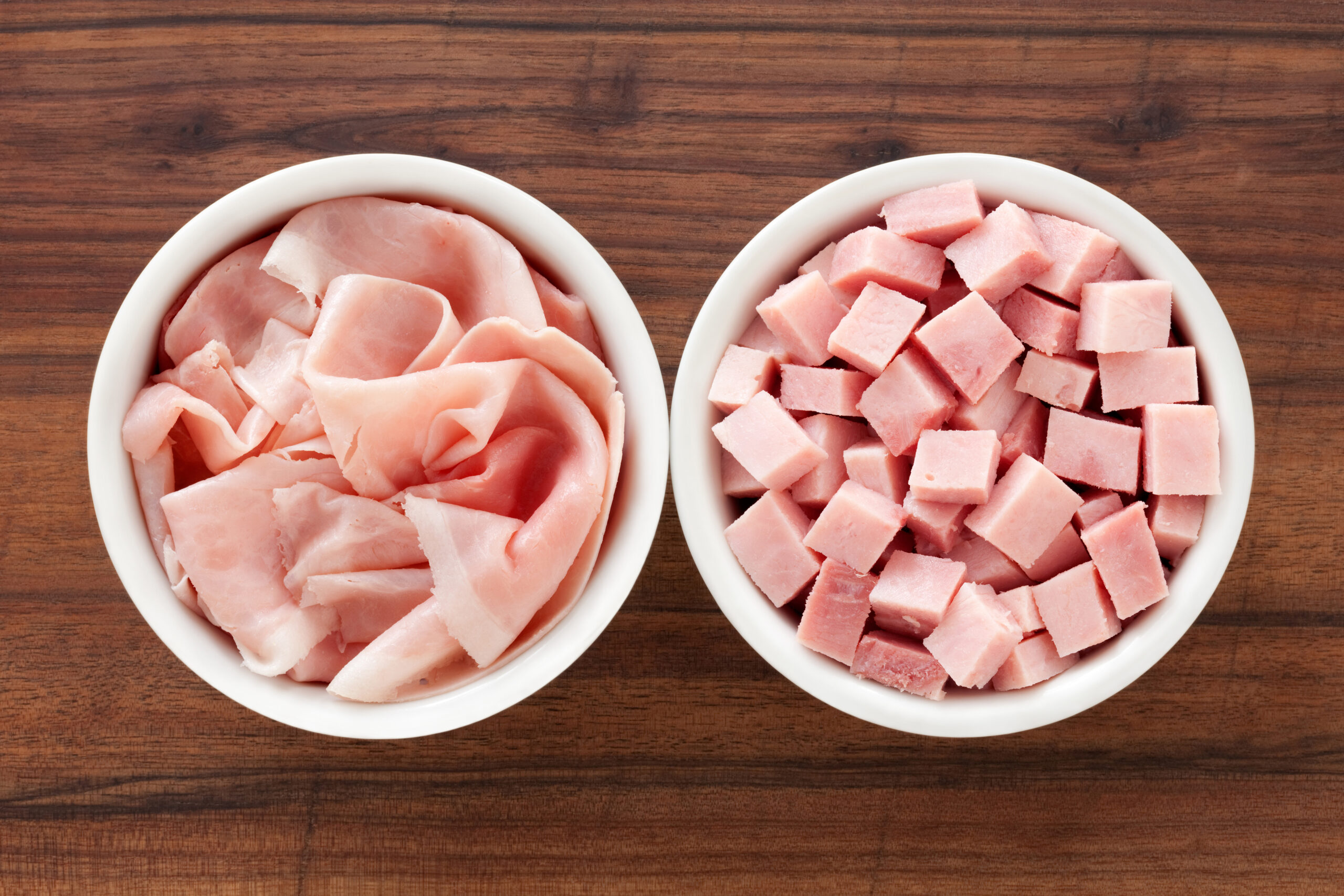
The ideal temperature for storing cold cuts is at or below 40°F (4°C). This cold environment slows bacterial growth, significantly extending the shelf life.
As soon as you purchase your cold cuts, get them into the fridge promptly. The longer they stay at room temperature, the quicker bacteria can multiply.
In the fridge, store cold cuts in the coldest part, usually the back, where temperatures are most stable. Freezing is a good option for longer storage.
How to Extend the Life of Your Cold Cuts
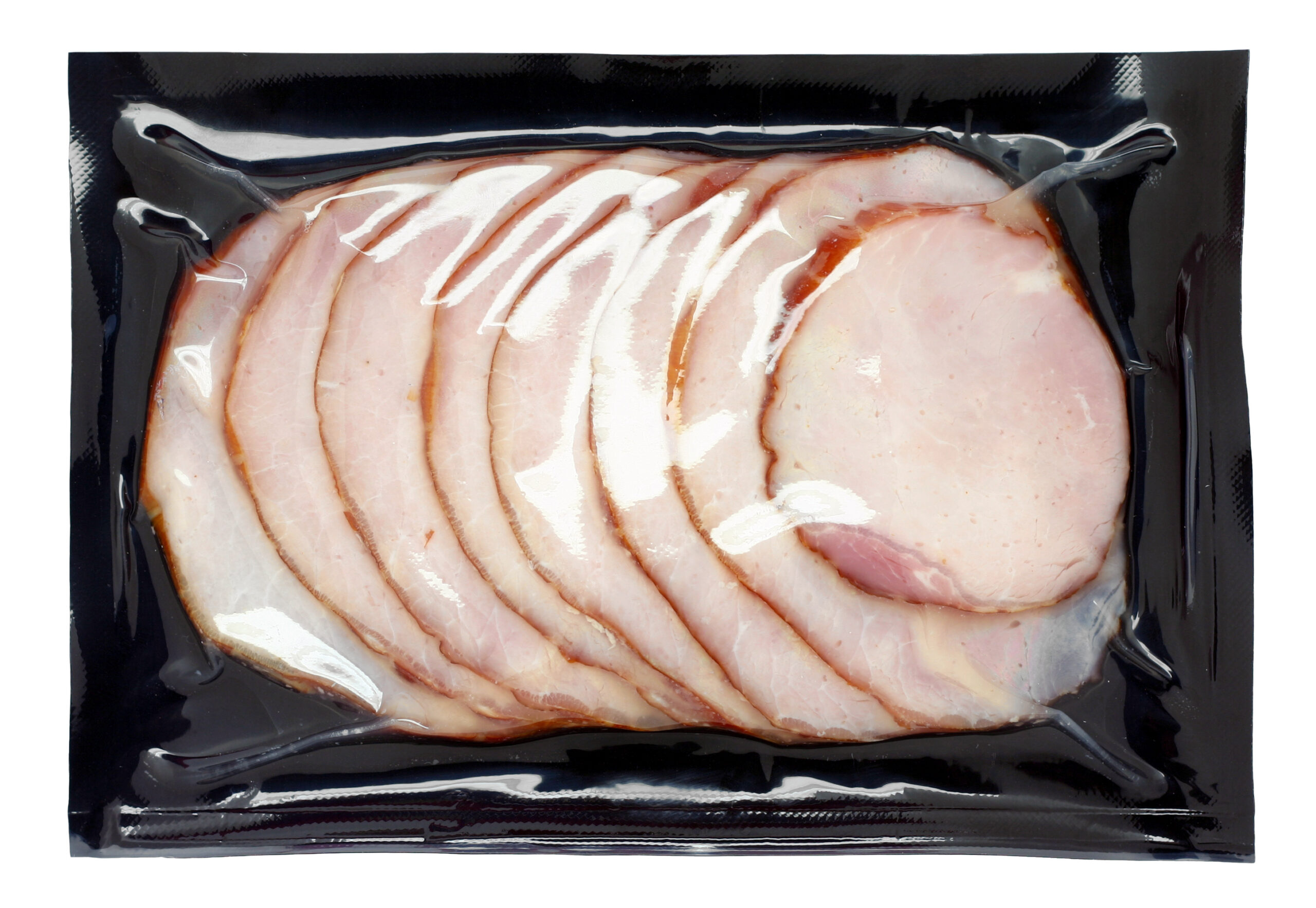
Extending the life of your cold cuts is all about smart storage and handling techniques. First, always make sure cuts are stored in an air-tight wrap or container.
When handling cold cuts, use clean hands and utensils. Only take out as much as you need at a time, and return the rest to the fridge immediately.
By following these practices, you can enjoy fresh, delicious cold cuts for a longer period, reduce waste, and ensure that your sandwiches and snacks are always top-notch.
Is Freezing Cold Cuts a Good Idea?
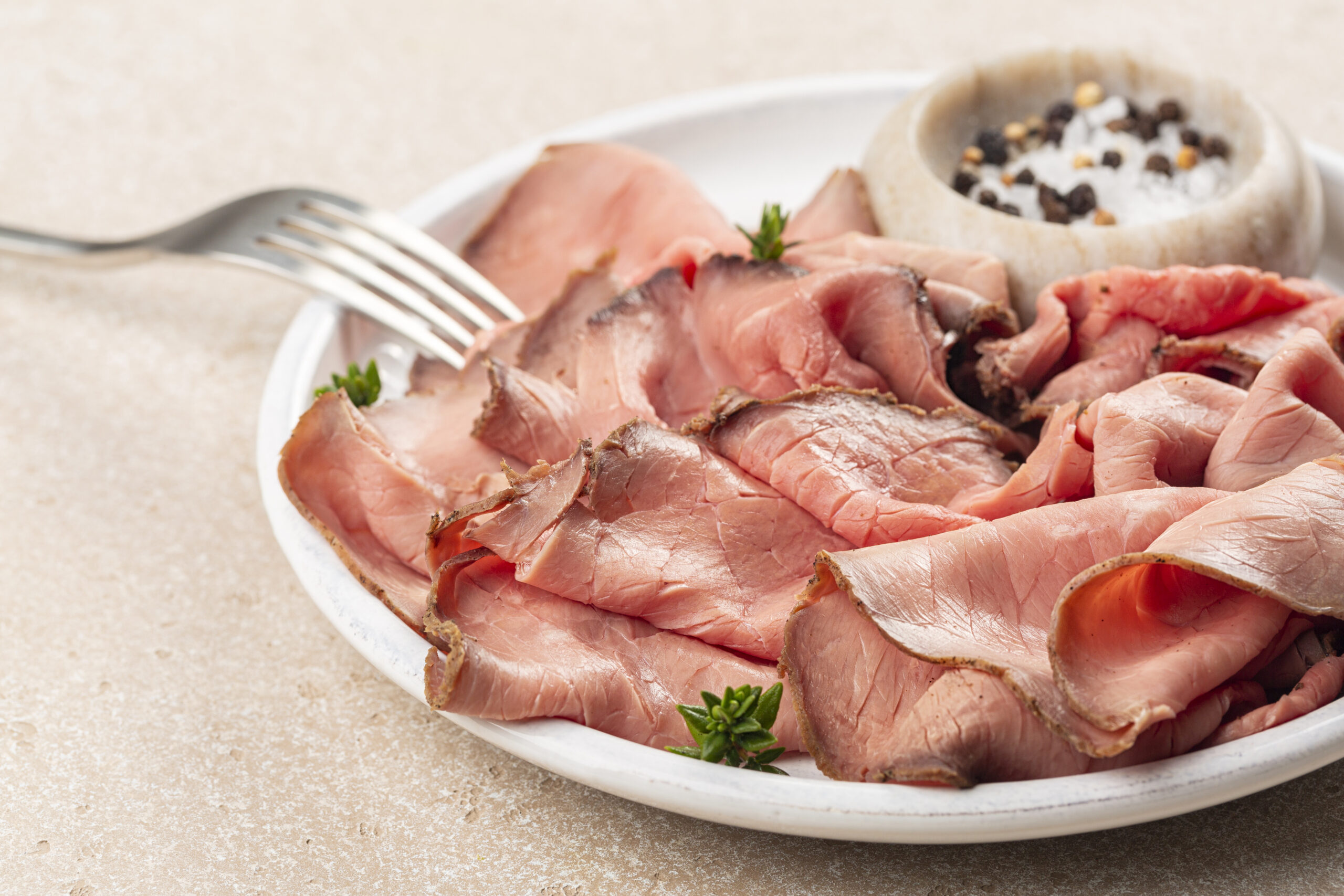
Freezing cold cuts can be a great idea if you want to extend their shelf life, but it comes with a few considerations for freshness.
The main advantage is that freezing significantly slows down bacterial growth, allowing you to keep cold cuts for up to two months. Great if you buy in bulk!
However, freezing can change the texture of the meat. Some cold cuts, particularly those with higher water content, like turkey or ham, might lose some firmness.
Thawing Frozen Cold Cuts Safely
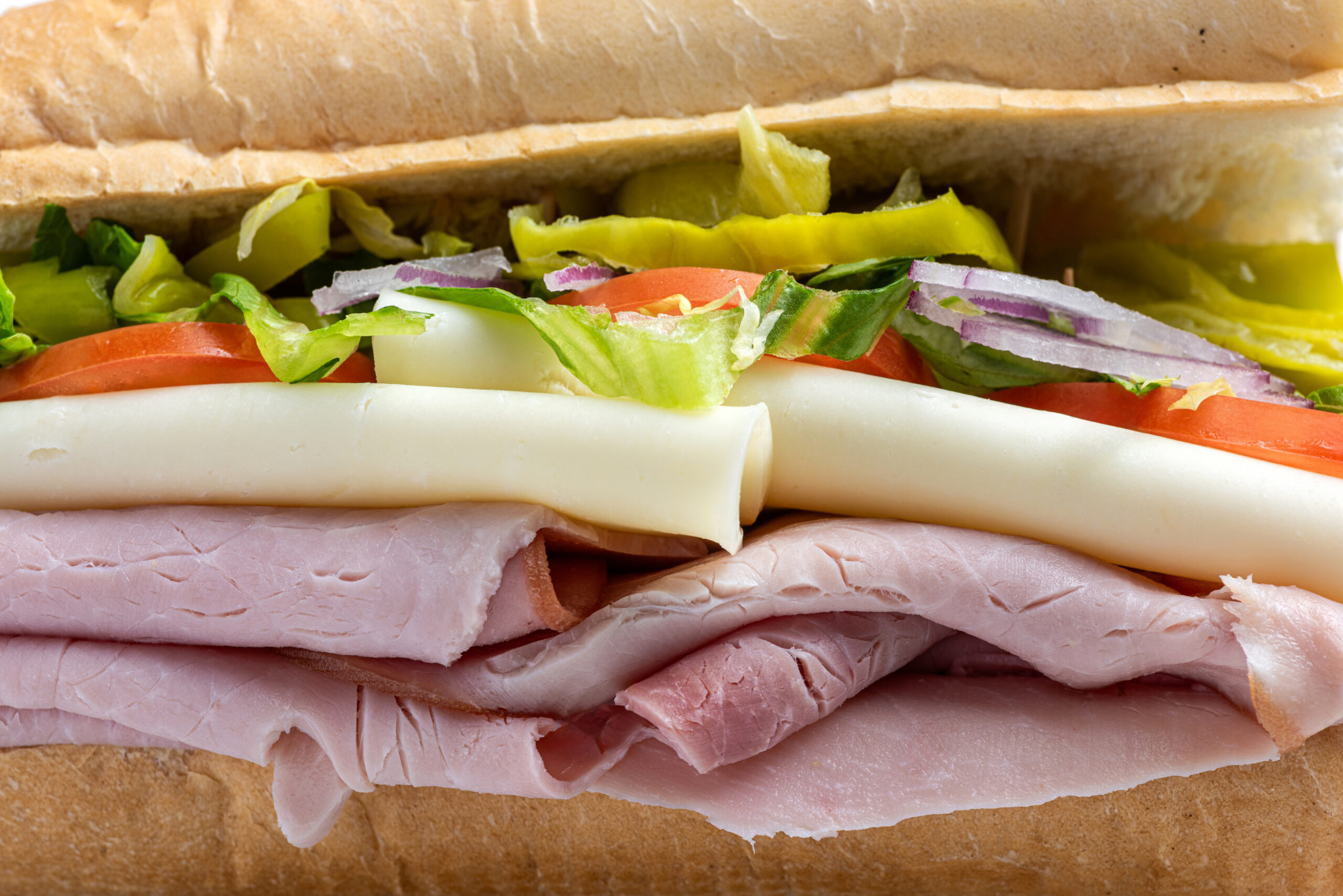
It’s essential to thaw meat safely, including frozen cold cuts. Thawing improperly can cause meat to spoil much faster and become unsafe to eat.
The best approach is to plan ahead and thaw them in the refrigerator. This method keeps the cold cuts at a safe, consistent temperature, typically below 40°F (4°C).
Transfer the frozen cold cuts from the freezer to the fridge and leave them in their packaging or place them in a container to catch any moisture.
The Best Containers for Storing Cold Cuts

Choosing the right containers for storing cold cuts is essential to keep them fresh and tasty. Airtight containers are your best bet, as they prevent air and moisture.
Opt for containers made of BPA-free plastic or glass. Glass containers are excellent for maintaining a consistent temperature and are less likely to retain odors.
Resealable plastic bags are another good option, especially if you’re tight on fridge space. Make sure to press out as much air as possible before sealing the bag.
Can You Trust the Sniff Test?
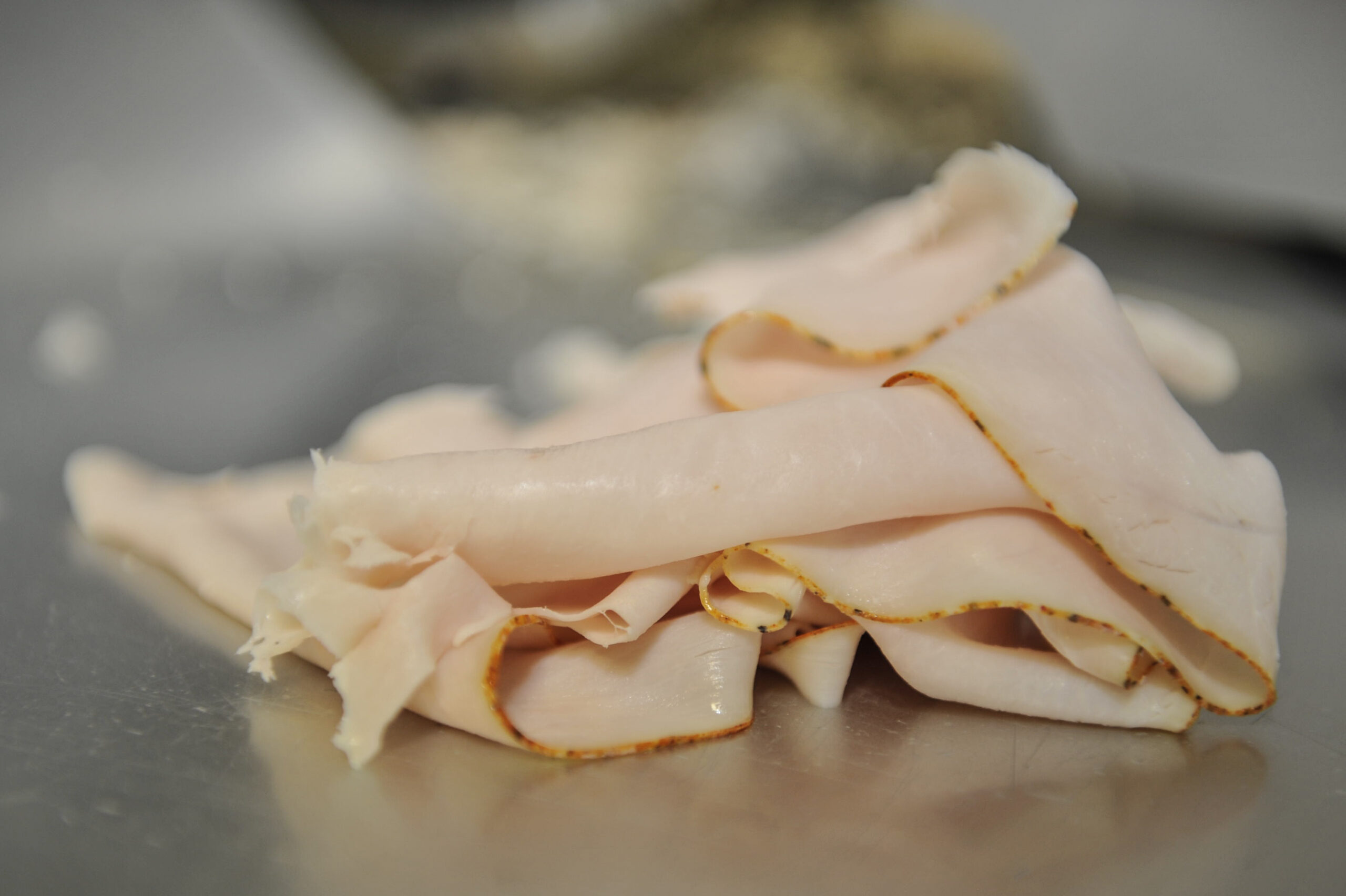
The sniff test is a common method of checking for freshness, but it has its limitations. Our noses are good at detecting obvious spoilage, but not perfect!
Not all harmful bacteria produce noticeable odors. Some pathogens that cause foodborne illnesses don’t change the smell, taste, or appearance of food.
Look for other signs of spoilage too, such as a slimy texture, discoloration, or any visible mold. When in doubt, it’s better to err on the side of caution.
Safe Handling Practices for Cold Cuts

Safe handling practices for cold cuts are essential to prevent foodborne illnesses and maintain freshness. Start by washing your hands thoroughly.
You should do this before and after handling cold cuts. This simple step reduces the risk of transferring bacteria from your hands to the food.
Use clean utensils and cutting boards to prevent cross-contamination. If you’re slicing cold cuts at home, ensure the knife and board are clean before use.
Creative Ways to Use Leftover Cold Cuts
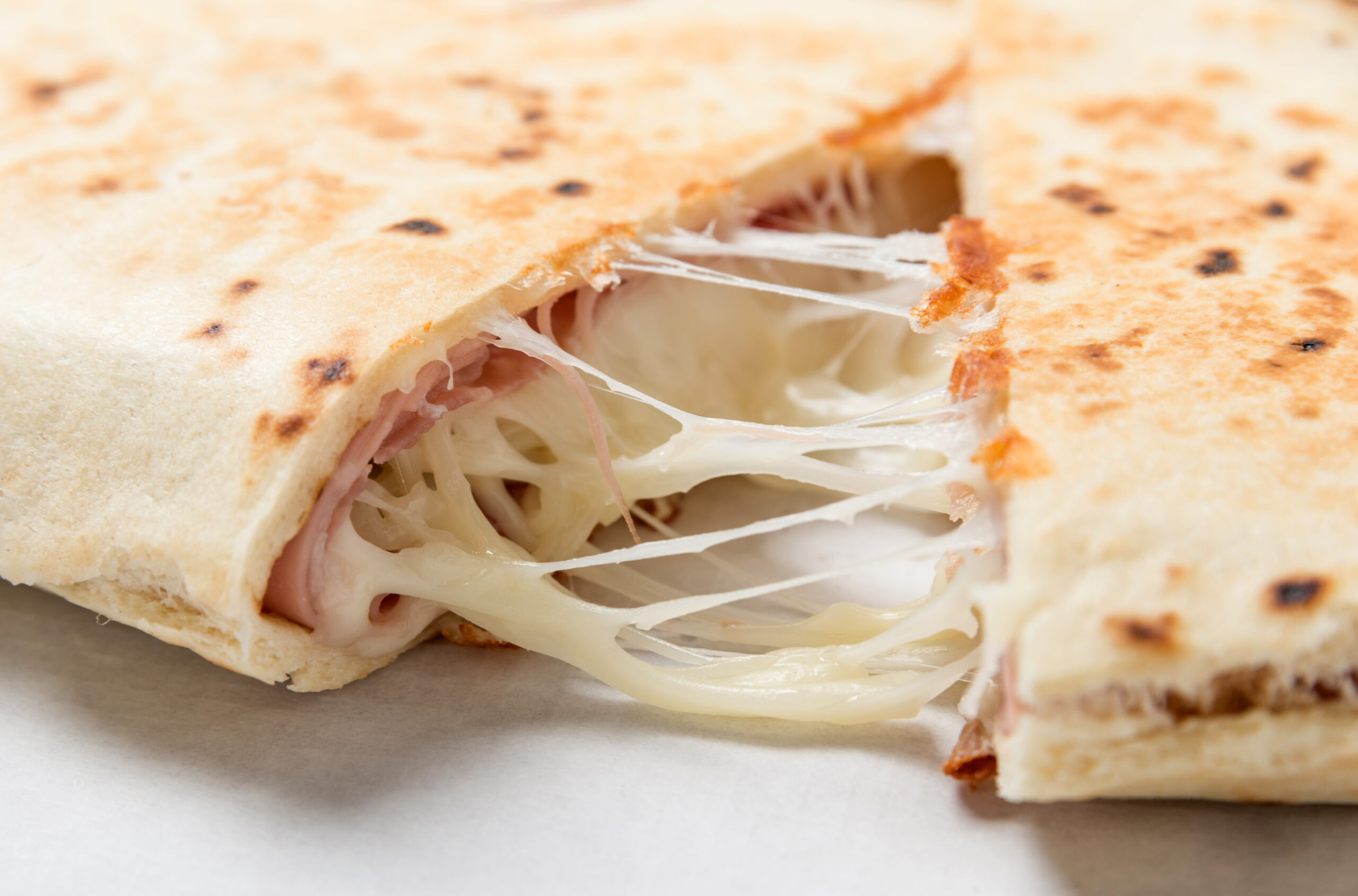
Leftover cold cuts are incredibly versatile and can transform many dishes with their rich flavors. For a quick meal, consider making a cold cut quesadilla!
They also make excellent pizza toppings—simply chop them up and sprinkle over your pizza before baking. Pasta dishes can benefit from diced cold cuts.
For breakfast, wrap cold cuts with scrambled eggs, cheese, and veggies in a tortilla to create a delicious breakfast burrito. Or try a cold cut stuffed pepper!
Health Risks of Consuming Spoiled Cold Cuts

Consuming spoiled cold cuts can pose serious health risks due to the potential growth of harmful bacteria such as Listeria, Salmonella, and E. coli.
These pathogens thrive in improperly stored or expired cold cuts, leading to foodborne illnesses. Listeria, in particular, is a concern with cold cuts.
That’s because it can grow even at refrigerator temperatures. Consuming cold cuts contaminated with Listeria can cause listeriosis, a serious infection.
Additives and Preservatives in Cold Cuts
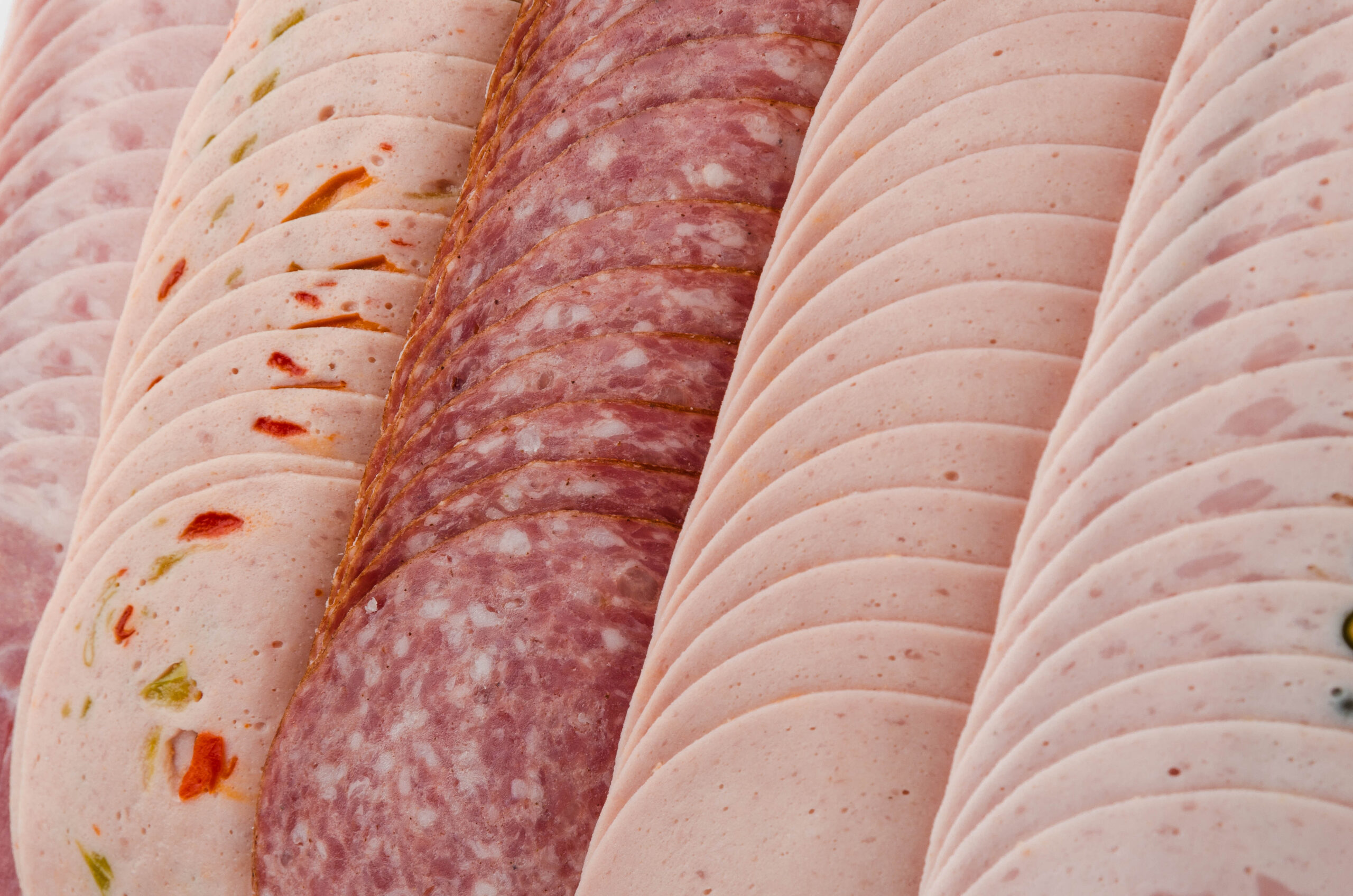
Preservatives in cold cuts might sound a bit iffy, but they play a big role in keeping your favorite deli meats fresh and tasty.
Common preservatives like sodium nitrite and sodium nitrate are used to prevent bacteria and keep that nice pink color we all expect in our cold cuts.
While they do their job well, there’s a bit of controversy since too much of these chemicals has sometimes been linked to health concerns.
What Do ‘Natural’ and ‘Organic’ Mean for Cold Cuts?

When it comes to cold cuts, labels like “natural” and “organic” can make a big difference in what you’re getting. Let’s break it down.
“Natural” cold cuts are typically made without artificial ingredients or preservatives. This means you won’t find synthetic nitrates or nitrites, artificial colors, or flavors in these meats.
“Organic” takes it a step further. For cold cuts to be labeled organic, they must meet stringent standards set by the USDA. These can be fresher and more flavorful.

